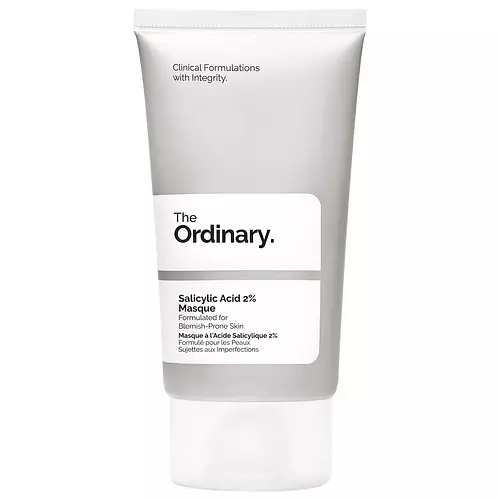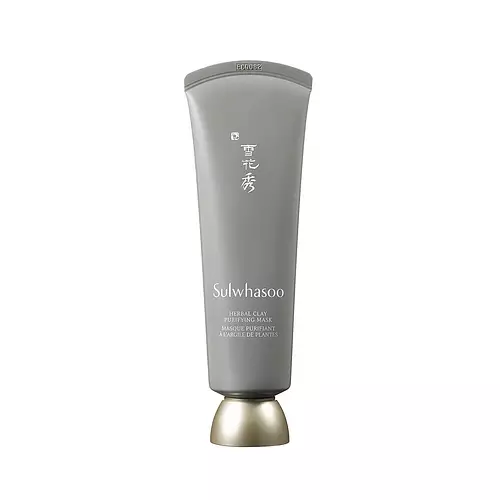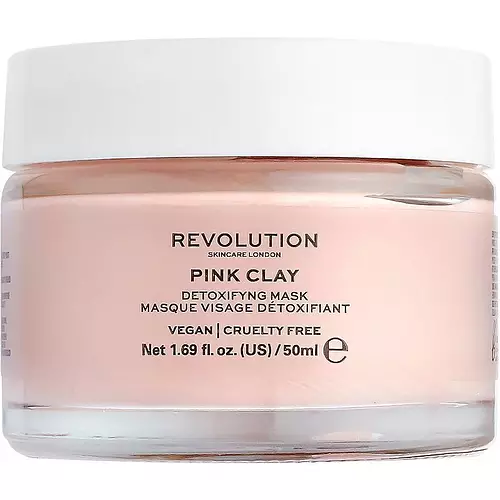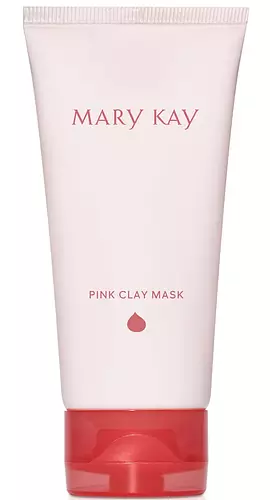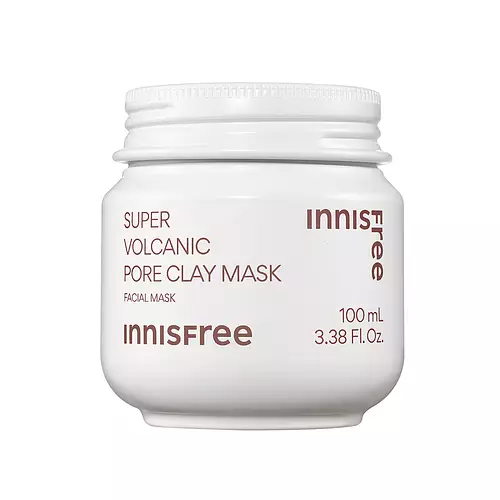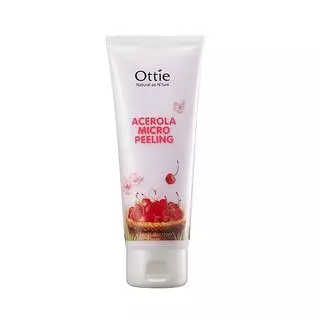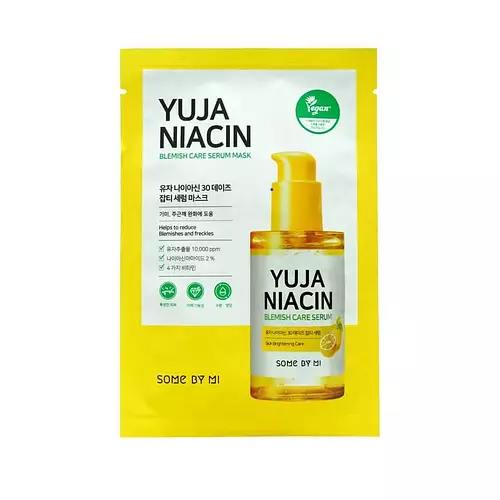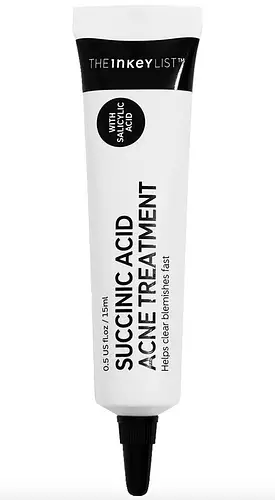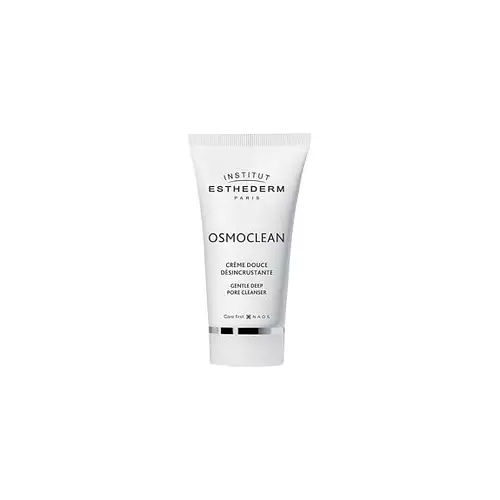The Ordinary Salicylic Acid 2% Masque Versus Sulwhasoo Herbal Clay Purifying Mask
Updated on June 13, 2024
Overview
What they are
These products are both reef safe wash off masks. They have a total of 3 ingredients in common
Cool Features
They both contain exfoliants
Suited For
They're both likely to be good for fighting acne, dry skin, brightening skin, oily skin and scar healing
Free From
They both do not contain any harsh alcohols, common allergens, oils, parabens, silicones or sulfates
We independently verify ingredients, and our claims are backed by peer-reviewed research. Spot a product that needs an update? Let us know.
Ingredient Info
The Ordinary Salicylic Acid 2% Masque 19 ingredients
Sulwhasoo Herbal Clay Purifying Mask 33 ingredients
At a glance
Click on any of the items below to learn more
The Ordinary Salicylic Acid 2% Masque 19 ingredients
Sulwhasoo Herbal Clay Purifying Mask 33 ingredients
Notable Ingredients
This product contains 1 ingredient that may have this attribute:
This product contains 1 ingredient that may have this attribute:
This product contains 2 ingredients that may have this attribute:
Benefits
This product contains 2 ingredients that may have this attribute:
This product contains 1 ingredient that may have this attribute:
This product contains 1 ingredient that may have this attribute:
This product contains 2 ingredients that may have this attribute:
This product contains 3 ingredients that may have this attribute:
Concerns
This product contains 1 ingredient that may have this attribute:
This product contains 1 ingredient that may have this attribute:
This product contains 2 ingredients that may have this attribute:
This product contains 1 ingredient that may have this attribute:
Notable Ingredients
This product contains 1 ingredient that may have this attribute:
This product contains 1 ingredient that may have this attribute:
Benefits
This product contains 1 ingredient that may have this attribute:
This product contains 1 ingredient that may have this attribute:
This product contains 1 ingredient that may have this attribute:
This product contains 1 ingredient that may have this attribute:
This product contains 1 ingredient that may have this attribute:
This product contains 1 ingredient that may have this attribute:
This product contains 2 ingredients that may have this attribute:
Concerns
This product contains 1 ingredient that may have this attribute:
This product contains 1 ingredient that may have this attribute:
Ingredients Side-by-side
Ingredients Explained
These ingredients are found in both products.
Ingredients higher up in an ingredient list are typically present in a larger amount.
Kaolin is a clay. It is used for oil control and to help minimize pores. Like other clays, kaolin has the ability to absorb excess sebum or oil. This can help clean out pores and mattify the skin.
Some types of kaolin may have exfoliating properties. When water is added to kaolin, it becomes a paste with small abrasive particles.
Most kaolin is a white color, but may be pink/orange/red depending on where it comes from.
The name 'kaolin' comes from a Chinese village named 'Gaoling'. Kaolin clay comes from rocks rich in kaolinite. Kaolinite, the mineral, has a silicate layered structure. Kaolinite is formed from chemical weathering of aluminum siilicate minerals.
Besides skincare, kaolin is commonly used to make glossy paper, in ceramics, toothpaste, and as medicine to soothe stomach issues.
Learn more about KaolinGlycerin is already naturally found in your skin. It helps moisturize and protect your skin.
A study from 2016 found glycerin to be more effective as a humectant than AHAs and hyaluronic acid.
As a humectant, it helps the skin stay hydrated by pulling moisture to your skin. The low molecular weight of glycerin allows it to pull moisture into the deeper layers of your skin.
Hydrated skin improves your skin barrier; Your skin barrier helps protect against irritants and bacteria.
Glycerin has also been found to have antimicrobial and antiviral properties. Due to these properties, glycerin is often used in wound and burn treatments.
In cosmetics, glycerin is usually derived from plants such as soybean or palm. However, it can also be sourced from animals, such as tallow or animal fat.
This ingredient is organic, colorless, odorless, and non-toxic.
Glycerin is the name for this ingredient in American English. British English uses Glycerol/Glycerine.
Learn more about GlycerinXanthan gum is used as a stabilizer and thickener within cosmetic products. It helps give products a sticky, thick feeling - preventing them from being too runny.
On the technical side of things, xanthan gum is a polysaccharide - a combination consisting of multiple sugar molecules bonded together.
Xanthan gum is a pretty common and great ingredient. It is a natural, non-toxic, non-irritating ingredient that is also commonly used in food products.
Learn more about Xanthan GumIngredient Ratings
Here's what our community thinks of the ingredients in these products.
When to use
The Ordinary Salicylic Acid 2% Masque 19 ingredients
Sulwhasoo Herbal Clay Purifying Mask 33 ingredients

Reviews
Here's what our community thinks
The Ordinary Salicylic Acid 2% Masque 19 ingredients
antimonious
The only mask good for my skin
DISCLAIMER: Every skin is different, explore products carefully, mindfully, and have fun :) | (Skin profile:...
The only mask good for my skin
DISCLAIMER: Every skin is different, explore products carefully, mindfully, and have fun :) | (Skin profile: combination, slightly sensitive, textured, oily T-zone, enlarged pores) | For years I've struggled with top-layer exfoliation because any product I'd use would leave my skin red, irritated, and looking like tight plastic foil. I tried dozens of wet masks, sheet masks, acid peels, with a variety of acids (salicylic, glycolic, you name it - I've tried it), and none worked well. This wet mask is a game-changer. Twice a week, I apply it in the evening, after cleansing, a generous amount I'd say, but not too much, "about half a teaspoon is enough for the face and neck" the packaging says. Usually I leave it on for 7-8 minutes, a bit less than the 10 minutes the packaging puts as the maximum, gently rinse it off with warm water, pat my face dry with a soft towel, and my skin looks just fine. I haven't ever had any redness after using it, my skin wasn't feeling tight, and it even still had a natural glow to it (which hasn't ever happened because other masks would dry my skin out completely). This product deserves way more than just 5 stars.
